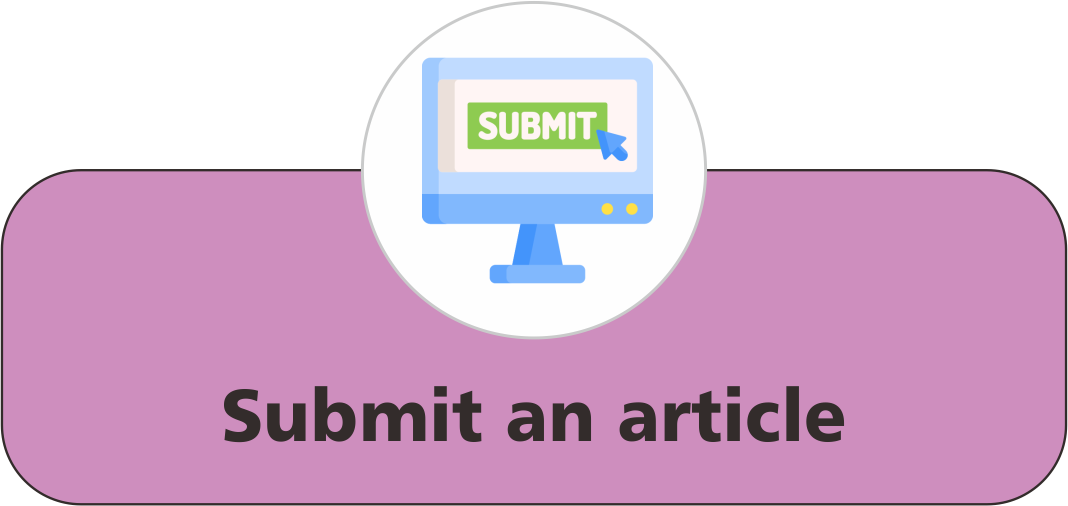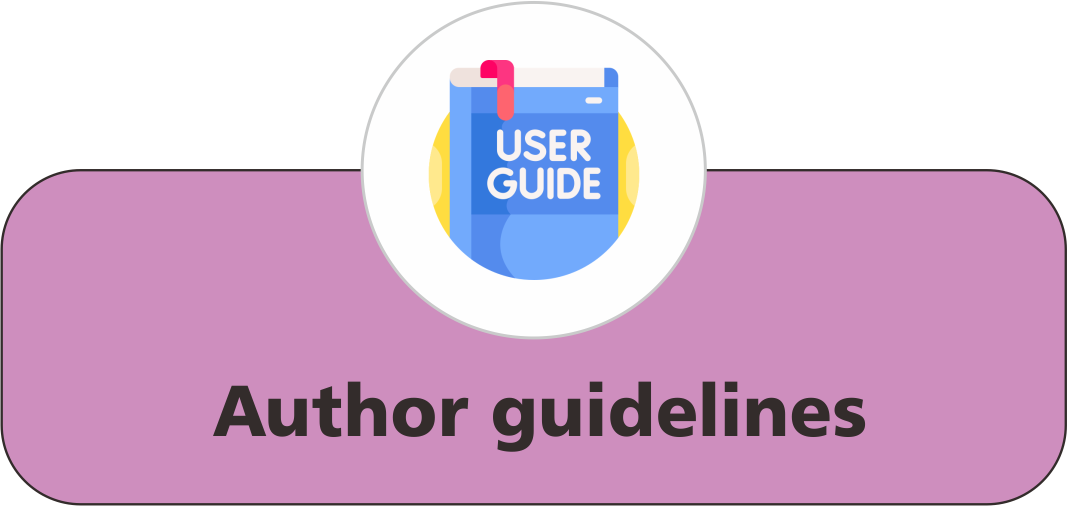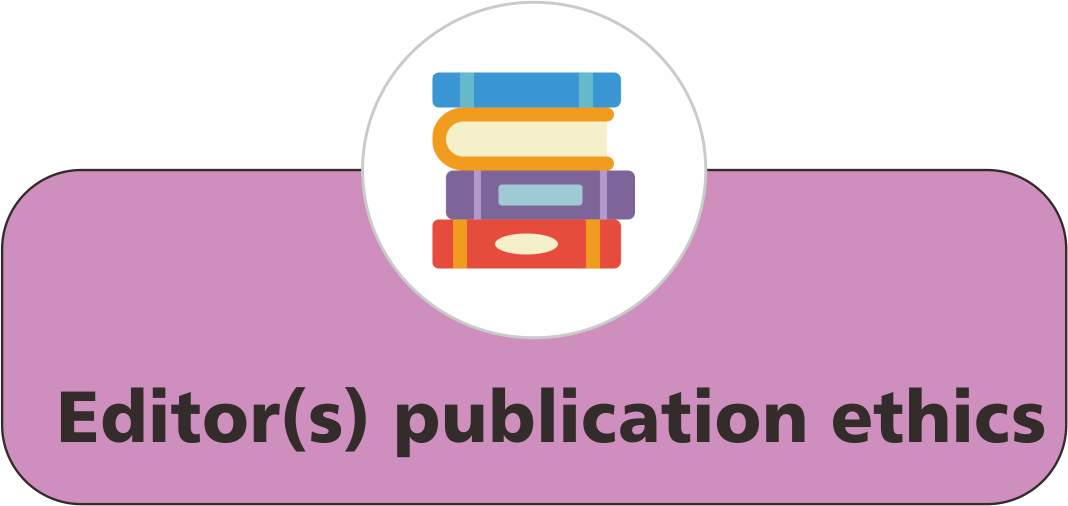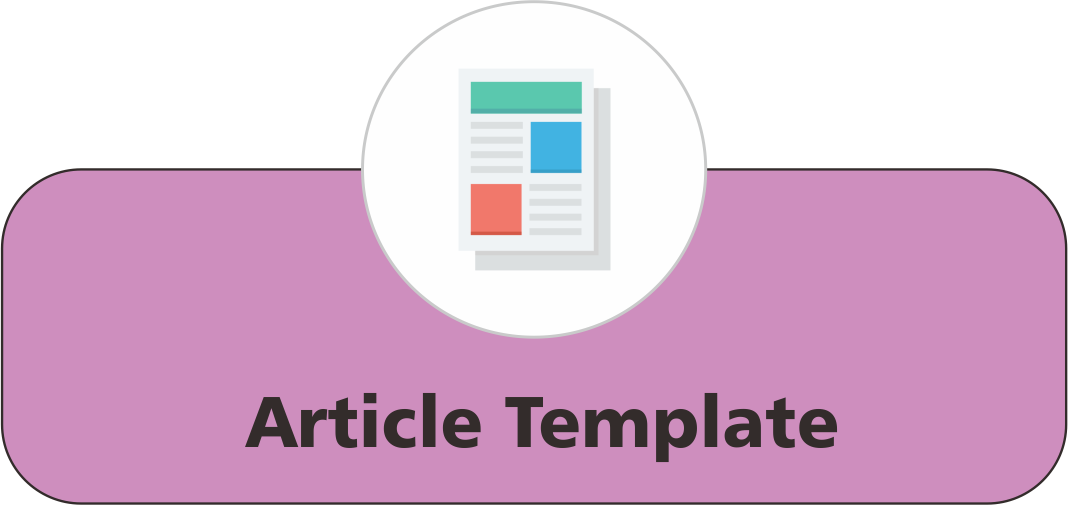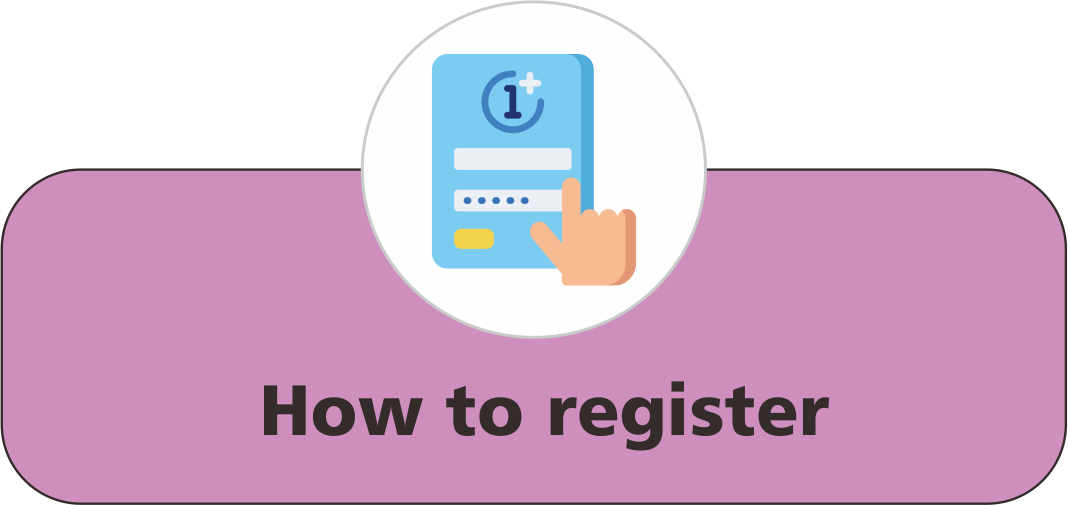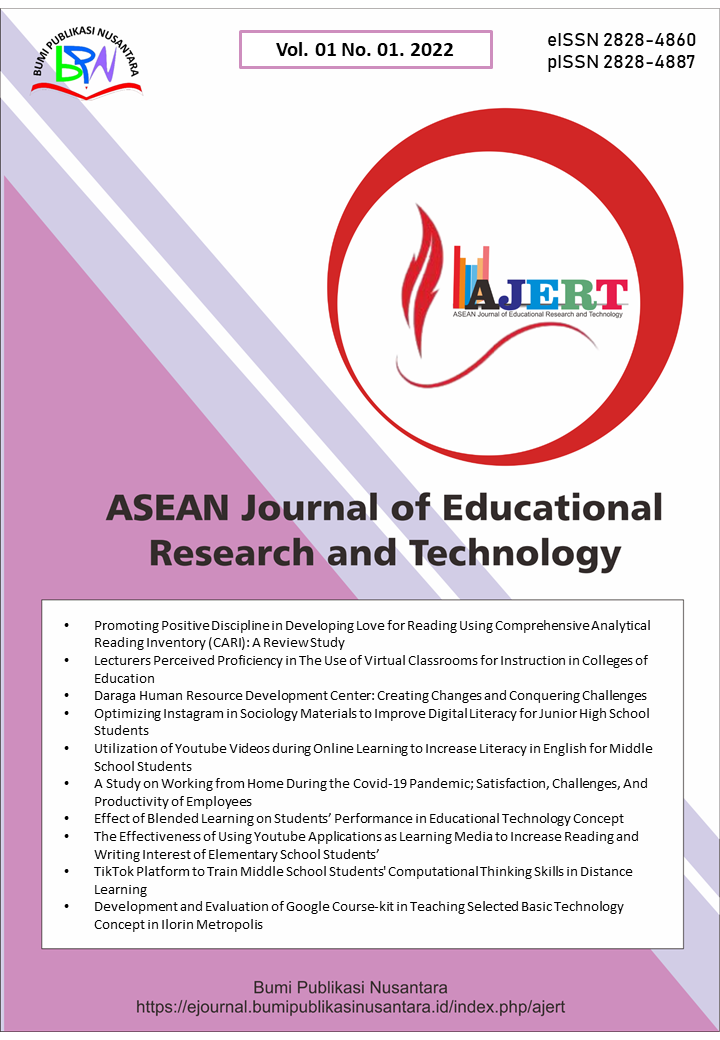Structural Equation Modelling of Factors Influencing Confidence in Mathematics
 ), Reynaldo H. Dalayap Jr.(2),
), Reynaldo H. Dalayap Jr.(2),
(1) Sultan Kudarat State University
(2) Sultan Kudarat State University
 Corresponding Author
Corresponding Author
Abstract
Keywords
References
Bandura, A. (1999). Social cognitive theory: An agentic perspective. Asian Journal of Social Psychology, 2(1), 21-41.
Bandura, A. (2001). Social cognitive theory: An agentic perspective. Annual Review of Psychology, 52(1), 1-26.
Bandura, A., and Cherry, L. (2020). Enlisting the power of youth for climate change. American Psychologist, 75(7), 945.
Bikić, N., Buzađija, N., and Hrnjičić, A. (2024). The impact of early childhood education and mathematical abilities on student achievement: Analysis of TIMSS 2019. International Electronic Journal of Mathematics Education, 19(3), em0779.
Bofah, E. A., and Ntow, F. D. (2017). Perceived social support from parents and teachers’ influence on students' mathematics-related self-beliefs. African Journal of Educational Studies in Mathematics and Sciences, 13, 41-62.
Byrne, D. M., Fernald, J. G., and Reinsdorf, M. B. (2016). Does the United States have a productivity slowdown or a measurement problem?. Brookings Papers on Economic Activity, 2016(1), 109-182.
Chan, P. Y., Cheah, P. K., and Choong, Y. O. (2024). Faculty trust and self-efficacy among teachers: the mediating role of professional learning in Malaysian national school. International Journal Learn Divers Identities, 31(1), 233-47.
Chung, H. Q., Chen, V., and Olson, C. B. (2021). The impact of self-assessment, planning and goal setting, and reflection before and after revision on student self-efficacy and writing performance. Reading and Writing, 34(7), 1885-1913.
Çiftçi, S. K., and Yildiz, P. (2019). The effect of self-confidence on mathematics achievement: The metaanalysis of trends in international mathematics and science study (TIMSS). International Journal of Instruction, 12(2), 683-694.
Dweck, C. S. (2019). The choice to make a difference. Perspectives on Psychological Science, 14(1), 21-25.
Fan, W., and Williams, C. M. (2010). The effects of parental involvement on students’ academic self‐efficacy, engagement and intrinsic motivation. Educational Psychology, 30(1), 53-74.
Fornell, C., and Larcker, D. F. (1981). Evaluating structural equation models with unobservable variables and measurement error. Journal of Marketing Research, 18(1), 39-50.
Fraenkel, P. (2019). Love in action: An integrative approach to last chance couple therapy. Family Process, 58(3), 569-594.
Ghanbar, H., and Rezvani, R. (2023). Structural equation modeling in L2 research: A systematic review. International Journal of Language Testing, 13(Special Issue), 79-108.
Hair, J. F., Risher, J. J., Sarstedt, M., and Ringle, C. M. (2019). When to use and how to report the results of PLS-SEM. European Business Review, 31(1), 2-24.
Henseler, J., and Schuberth, F. (2020). Using confirmatory composite analysis to assess emergent variables in business research. Journal of Business Research, 120, 147-156.
Hu, L. T., and Bentler, P. M. (1999). Cutoff criteria for fit indexes in covariance structure analysis: Conventional criteria versus new alternatives. Structural Equation Modeling: A Multidisciplinary Journal, 6(1), 1-55.
Kirkham, J., and Chapman, E. (2020). Gendered decision-making about mathematics courses: Contributions of self-perceptions, domain-perceptions, and sociocultural factors. Journal of Educational and Developmental Psychology, 10(1), 43-59.
Lazarides, R., and Rubach, C. (2017). Instructional characteristics in mathematics classrooms: relationships to achievement goal orientation and student engagement. Mathematics Education Research Journal, 29, 201-217.
Levitt, H. M., Bamberg, M., Creswell, J. W., Frost, D. M., Josselson, R., and Suárez-Orozco, C. (2018). Journal article reporting standards for qualitative primary, qualitative meta-analytic, and mixed methods research in psychology: The APA Publications and Communications Board task force report. American Psychologist, 73(1), 26.
McGee, E. O., and Martin, D. B. (2011). “You would not believe what I have to go through to prove my intellectual value!” Stereotype management among academically successful Black mathematics and engineering students. American Educational Research Journal, 48(6), 1347-1389.
Ryan, R. M., and Deci, E. L. (2019). Brick by brick: The origins, development, and future of self-determination theory. In Advances in Motivation Science, 6, 111-156.
Ryan, R. M., and Deci, E. L. (2020). Intrinsic and extrinsic motivation from a self-determination theory perspective: Definitions, theory, practices, and future directions. Contemporary Educational Psychology, 61, 101860.
Schermelleh-Engel, K., Moosbrugger, H., and Müller, H. (2003). Evaluating the fit of structural equation models: Tests of significance and descriptive goodness-of-fit measures. Methods of Psychological Research Online, 8(2), 23-74.
Schmidt, K., Maier, J., and Nückles, M. (2012). Writing about the personal utility of learning contents in a learning journal improves learning motivation and comprehension. Education Research International, 2012(1), 319463.
Schunk, D. H., and DiBenedetto, M. K. (2020). Motivation and social-emotional learning: Theory, research, and practice. Contemporary Educational Psychology, 60, 101830.
Su, R., Zhang, Q., Liu, Y., and Tay, L. (2019). Modeling congruence in organizational research with latent moderated structural equations. Journal of Applied Psychology, 104(11), 1404.
Suguitan, L., and Natividad, E. (2022). Localized game-based learning activity sheets in mathematics 7. American Journal of Multidisciplinary Research and Innovation, 1, 210-227.
Sukkamart, A., Pimdee, P., Leekitchwatana, P., Kongpiboon, W., and Kantathanawat, T. (2023). Predicting student-teacher self-directed learning using intrinsic and extrinsic factors: A theory of planned behavior adoption. Frontiers in Psychology, 14, 1211594.
Tibshirani, R. J., and Efron, B. (1993). An introduction to the bootstrap. Monographs on Statistics and Applied Probability, 57(1), 1-436.
Tran, L. T., and Phan, H. L. T. (2024). Conceptualising mobility as becoming, connecting and contributing: Australian New Colombo Plan scholars learning abroad in the Indo-Pacific region. International Journal of Educational Research, 127, 102429.
Wiberg, M., Laukaityte, I., and Rolfsman, E. (2024). The association between attitudes towards mathematics, students' background and TIMSS mathematics achievement. European Journal of Mathematics and Science Education, 5(1), 13-26.
Zhou, Y. X., Ou, C. Q., Zhao, Z. T., Wan, C. S., Guo, C., Li, L., and Chen, P. Y. (2015). The impact of self-concept and college involvement on the first-year success of medical students in China. Advances in Health Sciences Education, 20, 163-179.
Zimmerman, B. J., and Schunk, D. H. (2001). Reflections on theories of self-regulated learning and academic achievement. Self-regulated Learning and Academic Achievement: Theoretical Perspectives, 2, 289-307.
Article Metrics
Abstract View : 460 times
: 460 times Download : 295 times
Download : 295 times
Refbacks
- There are currently no refbacks.
Copyright (c) 2025 Bumi Publikasi Nusantara

This work is licensed under a Creative Commons Attribution-ShareAlike 4.0 International License.

